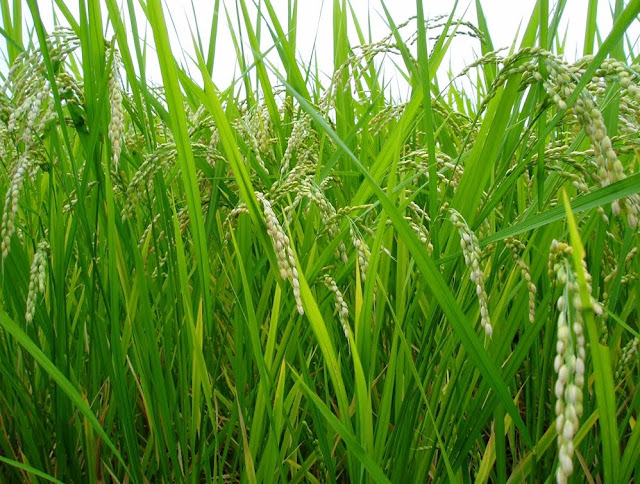Hōgaizan Tōkōji 法蓋山 東光寺 is a temple associated with Rankei Dōryū 蘭渓道隆 (also known as Daikaku Zenji 大覚禅師) (1213-1278). He, from Southern Song 南宋(1127-1279), dynasty of China, was a founder of
Kenchō-ji 建長寺 which is one of the most famous
Zen temples in Japan. After he tried to diffuse
Rinzai Zen 臨済禅 at
Sennyūji 泉涌寺 in Kyoto and so on, he came to
Kamakura 鎌倉 on invitation by
Hōjō Tokiyori 北条時頼 and became Kaizan, the first resident priest, of Kenchō-ji. Then he played a further active role in popularization of Zen in Kamakura & Kyoto, but, entrapped by a scheme, he had been banished to Yamanashi (Kai) for a period of time. Takeda clan which was a Shugo 守護, military governor, of Kai, gave him a warm welcome. With the help of Takeda clan, he resuscitated a temple and renamed it "Tōkōji."

Taken in front of Sanmon 山門, of which at the back you can see Butsuden 仏殿
EDIT:

Chūmon 中門 (Middle gate) and a bell tower 鐘楼

Garden

Azumaya 四阿 (Arbor)

Butsuden, built in
Tenbun era 天文年間 (1532-1555) and designated as a national important cultural property, where it is said there are some sword-cut-marks of Nobunaga's troops.

Butsuden and
Bhaisajyaguru statue 薬師如来像 as the principal image 御本尊

Hondō 本堂

Busshintō 佛心塔, built for the purpose of performing services in perpetuity for the repose of departed souls.
■
Tokoji's Official Web Site (Japanese version only)
■ View
Hōgaizan Tōkōji 法蓋山 東光寺 on Google My Maps
■ Refer to
Kofu-Gozan & Kai Zenkoji and
Kai Pilgrimage■ Reference Data
・Tokoji's Official Web Site
・Wikipedia











































 Taken in front of the stone monument of his now-defunct house 新居跡
Taken in front of the stone monument of his now-defunct house 新居跡



